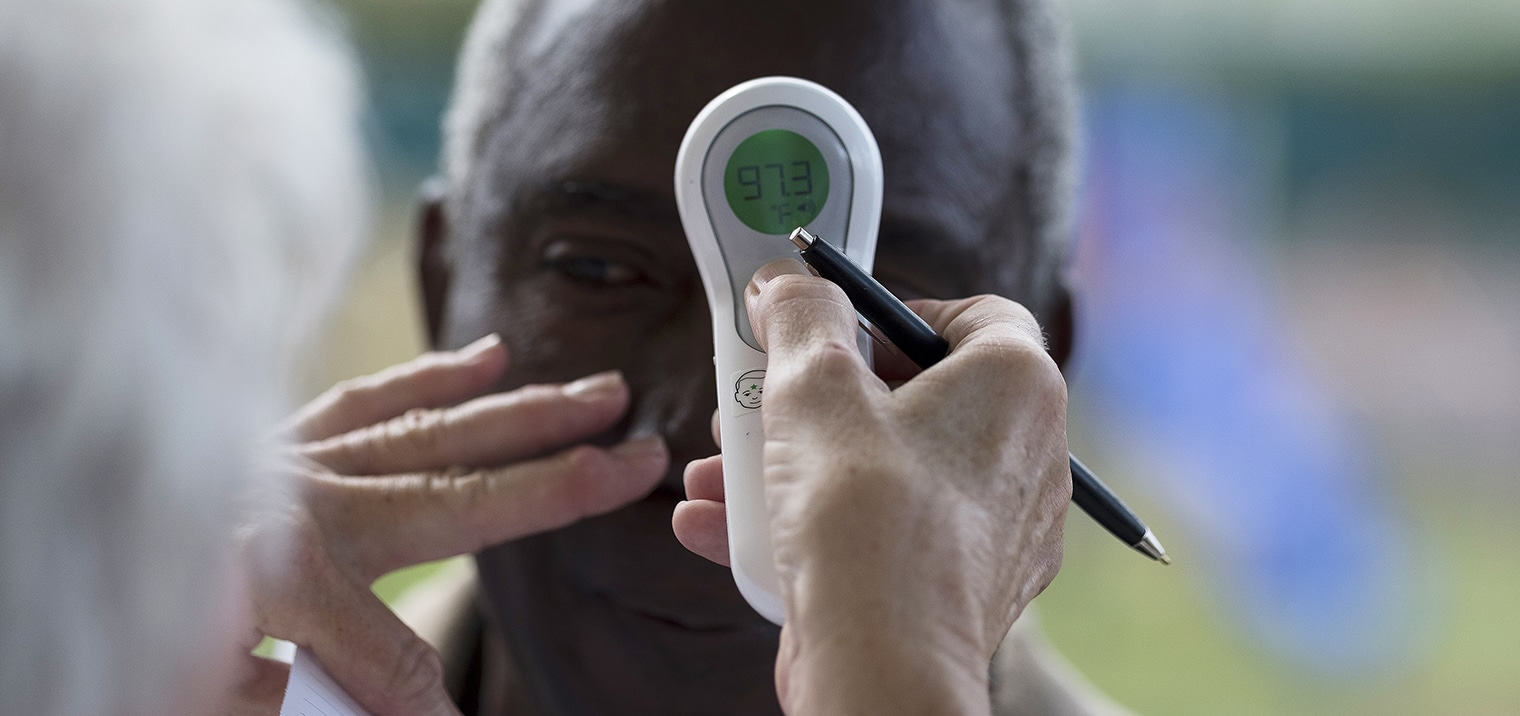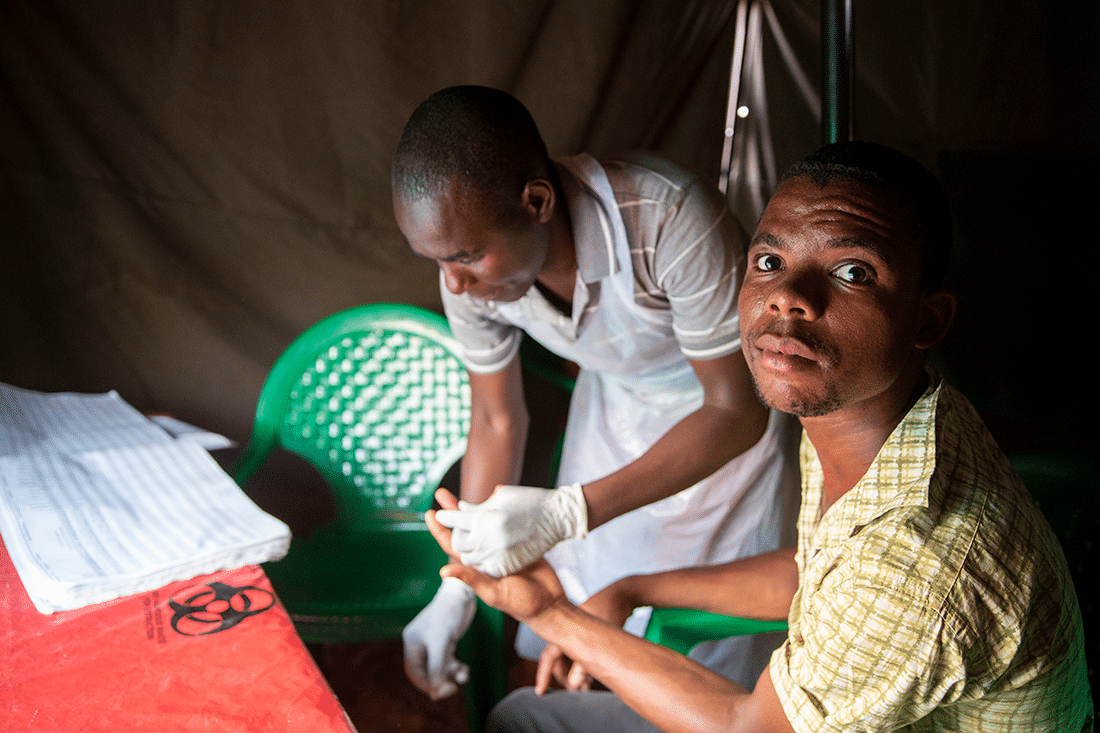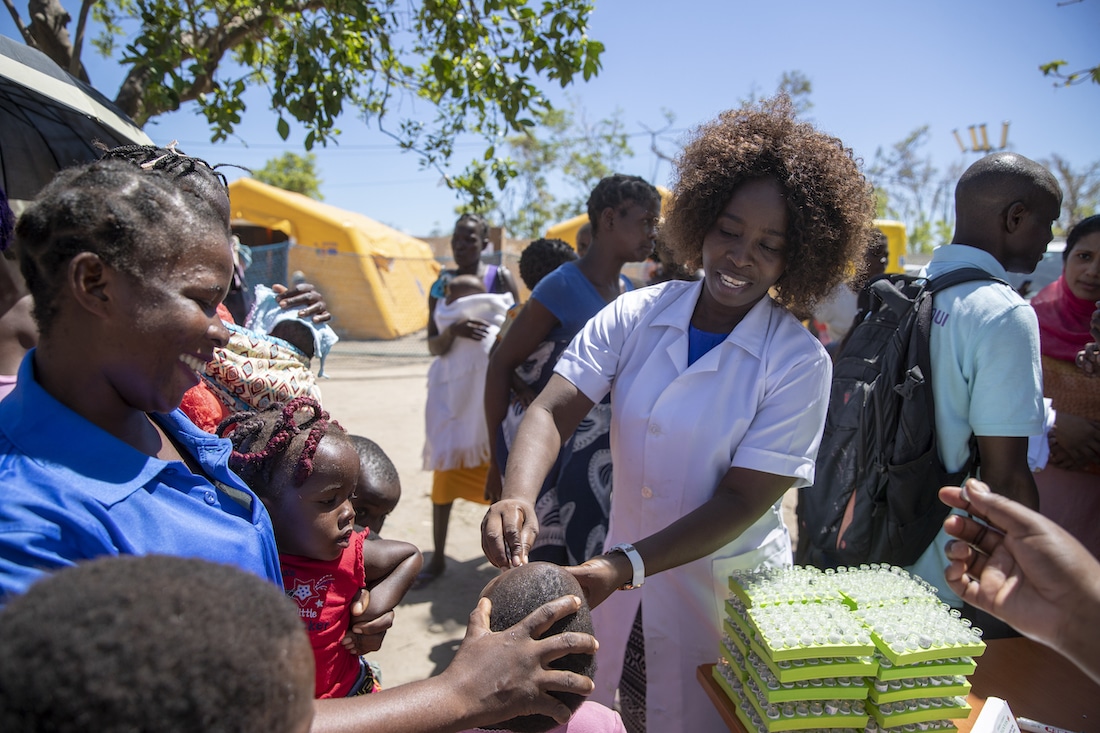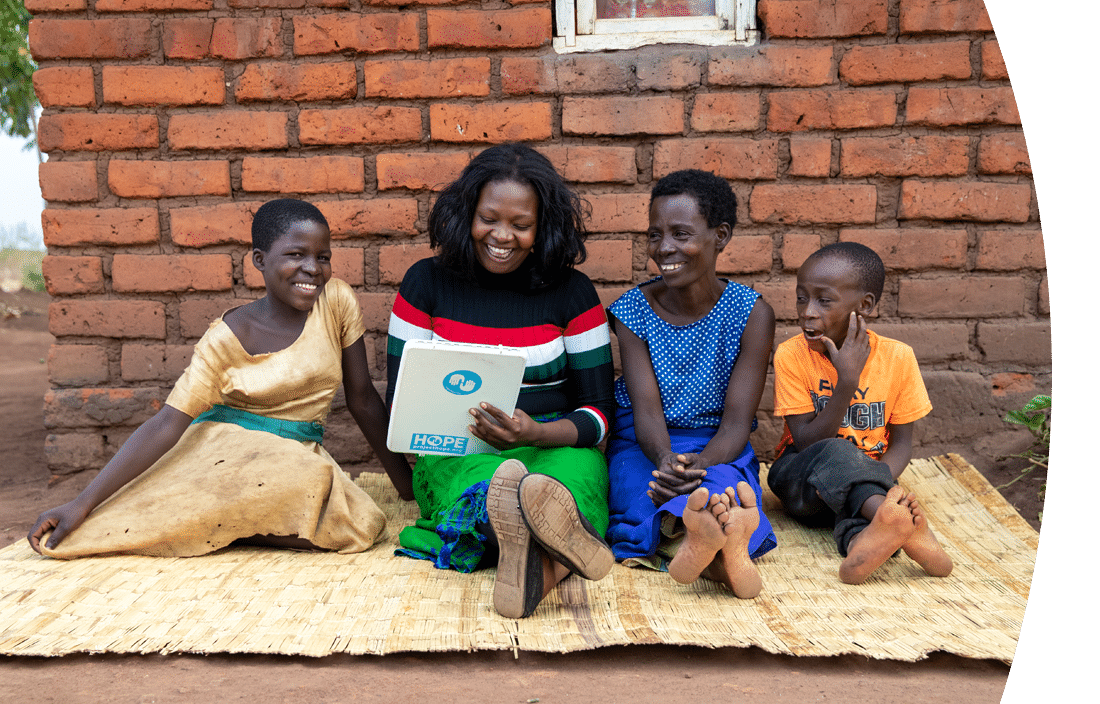
Infectious Diseases
Around the world, Project HOPE helps fight the burden of infectious disease, focusing on TB and HIV/AIDS.
Infectious diseases are the leading causes of death in low-income countries.
And the increasing interconnectedness of our world means they can travel and spread like never before, putting the entire world population at heightened risk.
COVID-19 has highlighted the urgency of this risk — a new virus that quickly became one of the gravest threats to global health in our lifetimes. Meanwhile, long-time threats such as Tuberculosis (TB) and HIV/AIDS continue to threaten the lives and well-being of millions of people around the world.
TB is the deadliest infectious killer, and one of the top 10 causes of death worldwide. Progress is being made against the epidemic, but not fast enough. Every day, more than 4,000 people lose their lives to TB, while as many as 30,000 people develop the disease.
HIV/AIDS continues to be a major threat to global health as well. Steady global progress has been made in reducing AIDS-related deaths, and more gradual progress in reducing new infections. But progress is slowing, and gains are getting smaller every year.
Learn more: Infectious Diseases: What You Need to Know

![]()
How We Help Fight Infectious Disease
For more than 60 years, Project HOPE has worked to strengthen health systems and reduce the risk and burden of the world’s deadliest infectious diseases like TB, HIV/AIDS, and now COVID-19.
We prioritize:
- Reaching at-risk populations
- Increasing case finding and detection
- Expanding access to quality care, treatment, and support services
- Improving adherence to treatment
Our approaches are always tailored to meet the specific needs of the countries and communities where we work — from Africa to Asia and beyond.
In Namibia, that looks like establishing youth clubs to help teens better understand, manage, and control their health. In Malawi, that means helping parents talk to their children about protecting their health. In Ethiopia, it’s helping patients like Adunga get tested and find treatment. On a global scale, it’s ensuring health care workers and frontline personnel have the training and supplies they need if and when outbreaks like COVID-19 strike.
But there’s one key principle that underpins our approach: building the capacity of health care workers at both national and community levels is the most critical element in strengthening countries’ abilities to tackle infectious diseases.
Our TB programs are designed in alignment with the Stop TB Partnership’s Strategy recommendations, and many also address HIV/AIDS and TB co-infection.
Learn more about Project HOPE’s tuberculosis programs >
Project HOPE’s HIV programs support the UNAIDS 90-90-90 targets for 2020 to help end the AIDS epidemic.
Learn more about Project HOPE’s HIV programs >
Today, as we continue our global response to COVID-19, we are also working to help achieve the Global Health Security Agenda vision of attaining a world safe and secure from global health threats posed by infectious diseases.

![]()
Impact That Lasts
Every year, we help hundreds of thousands of people living with disease find the care and support they need to build a healthier future.
Last year, our work reached nearly 500,000 people affected by TB and HIV/AIDS. We trained health workers in screening, treatment, care, and control. We identified and tested high-risk individuals so they know their status, and referred those who tested positive to medical facilities. We helped tens of thousands of children and adults get the care and support needed to manage and treat their disease, and also served the needs of vulnerable orphans and children affected by HIV/AIDS or TB.
In response to disease outbreaks, Project HOPE has delivered lifesaving medical supplies and support where and when it’s needed most. In 2014, in response to Ebola in Sierra Leone, we sent emergency medical supplies and an emergency task force to help save lives. Today, we are on the front lines of the response to COVID-19. To date, Project HOPE has distributed over 14 million pieces of personal protective equipment, provided training for over 98,000 health care workers and frontline personnel, and reached more than 150 countries.

How you can help
Make a lifesaving gift to support our work now and for the future at projecthope.org/donateAre you a health-care or other professional who would like to learn more about volunteering abroad with Project HOPE? Learn more about our volunteer program and join our volunteer roster.
Stay up-to-date on this story and our lifesaving work around the world by following us on Facebook, Instagram, LinkedIn and Twitter, and help spread the word by sharing stories that move and inspire you.